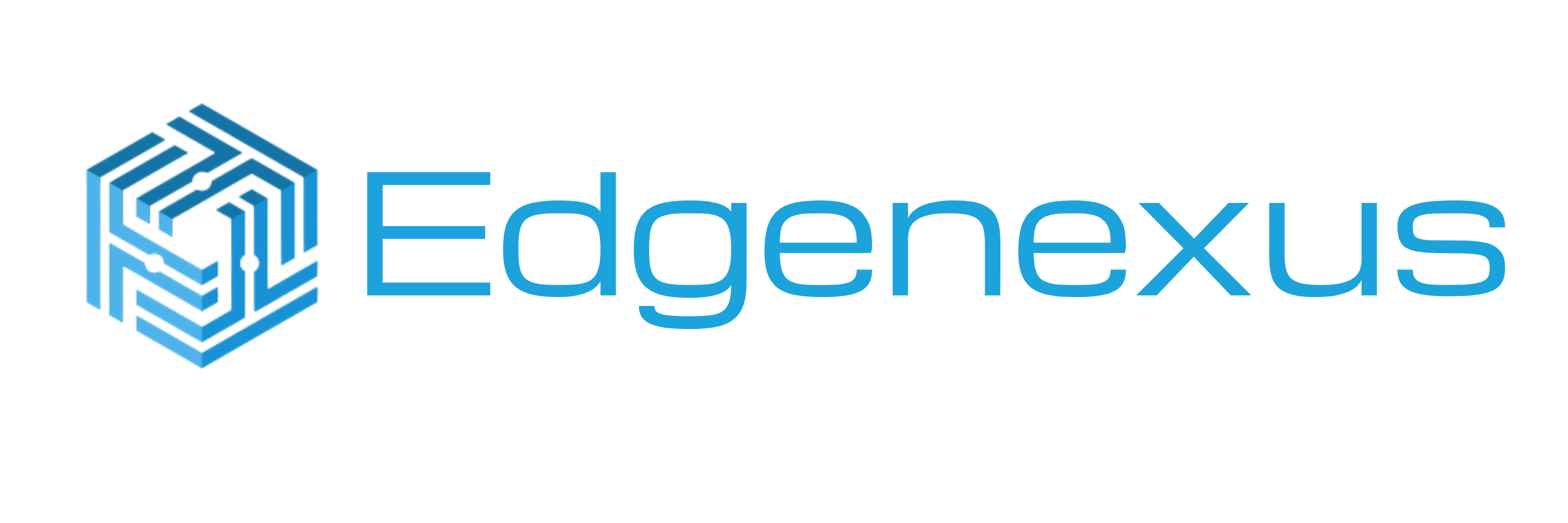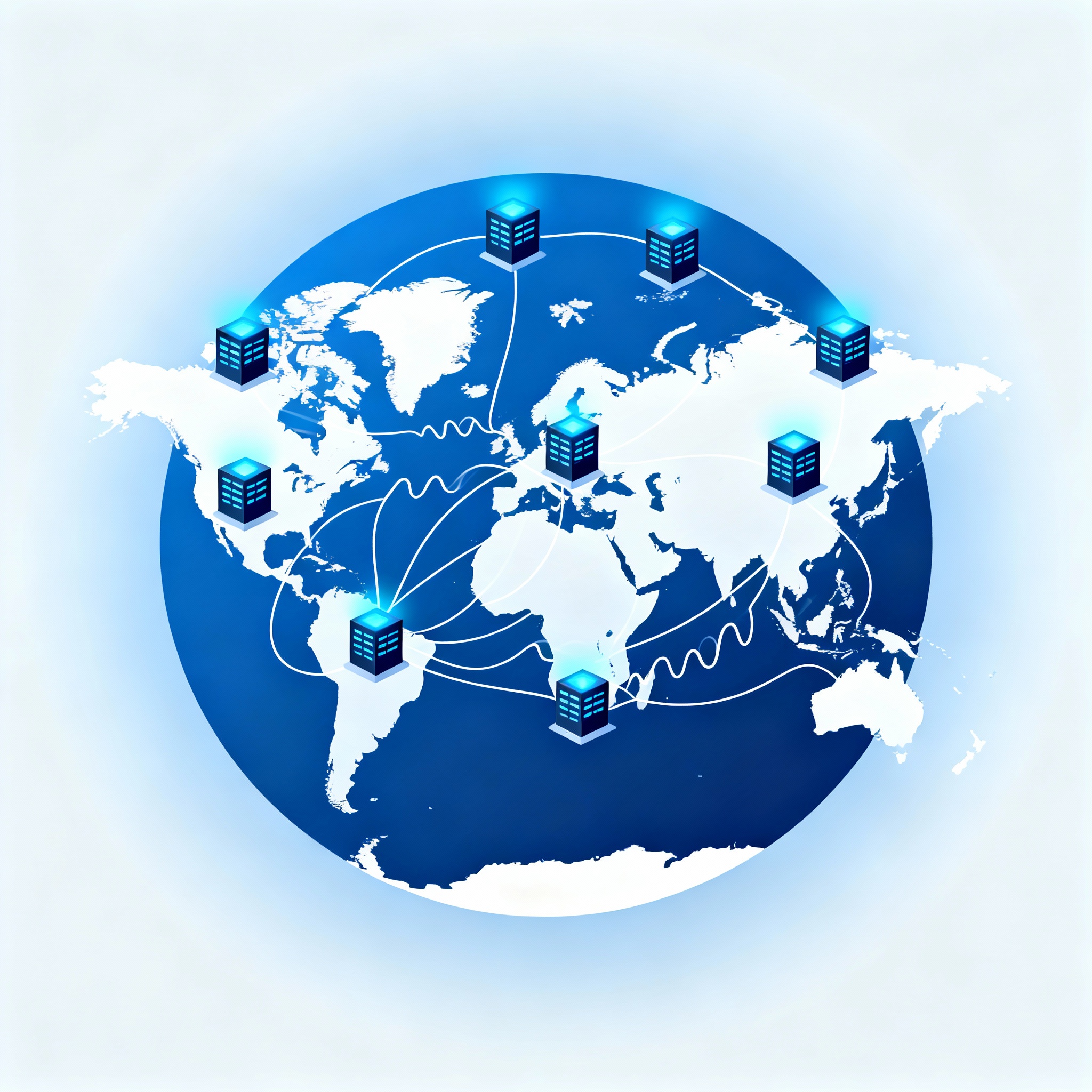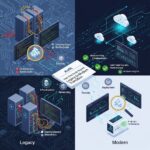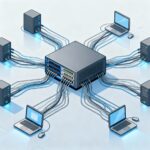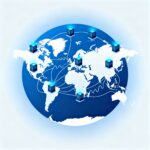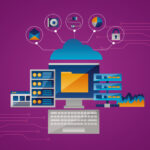The New Paradigm for Application Delivery: A Platform, Not Just a Box
For years, Application Delivery Controllers (ADCs) were monolithic, complex, and often over-engineered hardware boxes. Acquiring new functionality like a Web Application Firewall or Global Load Balancing meant costly upgrades, complicated licensing, and lengthy professional services engagements. It was a friction-filled process that hampered the agility modern IT decision-makers crave.
The Edgenexus App Store fundamentally re-engineers this model, transforming the ADC from a static appliance into a dynamic, expandable Application Delivery Platform (EADP). It adopts the same principle of modularity, flexibility, and instant deployment that made consumer app stores like Apple’s App Store or the Google Play Store ubiquitous. Instead of buying a device loaded with features you may never use, you start with a powerful foundation and pay-as-you-grow with surgical precision. This translates directly into significant cost savings and a dramatic increase in ease of management.
Extensible Functionality: One-Click Simplicity for IT
The key value proposition of the Edgenexus App Store is its simplicity for adding critical functionality. Much like downloading a new photo editor or communication app onto your smartphone, the Edgenexus App Store allows IT teams to extend their application delivery capabilities with near one-click installs. This is powered by secure containerization technology, allowing modules to run in isolation on the EdgeADC platform.
Global Load Balancing (GSLB): The Global App Delivery Strategy
For organizations with multi-data center, hybrid cloud, or cross-region deployments, which is now the majority of global enterprises, Global Load Balancing (GSLB) is non-negotiable for true resilience and performance.
| Feature | Monolithic ADC Approach | Edgenexus App Store Approach | Advantage for IT Decision-Makers |
| GSLB Acquisition | License key/Firmware upgrade, potential hardware dependency, high upfront cost. | One-click install of a containerized GSLB module from the App Store. | Cost savings (pay only when needed), zero-drama deployment, and ultimate flexibility across clouds. |
| GSLB Deployment | Often complex, non-intuitive configuration requiring specialized knowledge. | Simplified, intuitive GUI-driven setup, running as an integrated, containerized application. | Ease of management and faster time-to-value. |
| GSLB Functionality | Fixed features set until the next major release. | Provides Intelligent DNS Routing based on geography, server health, and real-time performance to achieve Global High Availability and Ultra-Low Latency. | Superior performance and disaster recovery readiness. |
This containerized approach for GSLB ensures that your users always connect to the optimal server, providing essential global high availability and automatic failover, a true game-changer for mission-critical applications.
Core Modules That Drive Agility and Security
The Edgenexus App Store allows customers to deploy a suite of advanced features on their EdgeADC:
Web Application Firewall (WAF)
The WAF module, often deployed as a virtual appliance, provides crucial Layer 7 security. It offers protection against the OWASP Top 10 threats (like SQL Injection and Cross-Site Scripting) that traditional firewalls miss. Being a modular add-on means you can deploy enterprise-grade security precisely where and when you need it, avoiding the “always-on, always-paid-for” pricing model of traditional solutions.
flightPATH Modules: Traffic Management Made Easy
The flightPATH engine is Edgenexus’s powerful, easy-to-use Layer 7 traffic management tool. It’s an engine for creating custom traffic rules like header rewriting, user redirection, or complex routing logic without requiring any coding. In the App Store context, flightPATH-based feature bundles and rulesets can be deployed as pre-built templates (jetPACKS), automating and expediting even the most complex application delivery challenges. This speed and ease of configuration directly reduces operational expenditure and staff training requirements.
The Parallel to Consumer App Ecosystems
To understand the Edgenexus App Store’s disruptive potential, consider the familiar:
- Before the App Store: Getting new phone functionality meant buying a new model or relying on limited, pre-installed software. It was inflexible and expensive.
- With the App Store: You start with a great phone (the EdgeADC platform) and add new, powerful capabilities (GSLB, WAF, flightPATH rules) with a simple tap. The underlying platform is future-proofed because it can continuously run new, third-party, or Edgenexus-developed containerized applications.
This model allows IT decision-makers to achieve:
- Financial Agility: Stop paying for a bloated solution with features you don’t need. Adopt a subscription or consumption model for advanced functionality.
- Operational Simplicity: The intuitive GUI and one-click deployment for advanced features eliminate the need for complex command-line scripting and extensive vendor training. The promise of “intuitive configuration and ‘dead-easy’ deployment” is a direct answer to the complexity of legacy ADCs.
- Future-Proofing: By leveraging containerization (Docker-based add-ons), the EdgeADC becomes a resilient platform ready to integrate next-generation networking and security solutions as they emerge, a critical consideration for long-term technology investments.
The Edgenexus App Store isn’t just a place to download features; it is the enabler of a smarter, more affordable, and vastly more flexible approach to application delivery, designed specifically to meet the needs of the modern, cost-conscious, and agility-focused IT executive.
10 FAQs on the Edgenexus App Store Advantage
1. What is the Edgenexus App Store, and how is it different from a traditional Application Delivery Controller (ADC)?
The Edgenexus App Store is a digital marketplace that transforms the Edgenexus ADC (Application Delivery Platform, or EADP) from a static appliance into a dynamic, extensible platform. Unlike traditional, monolithic ADCs where functionality is pre-installed and licensing is costly, the App Store allows customers to deploy advanced features (like WAF or Global Load Balancing) as secure, containerized modules with one-click simplicity, ensuring you only pay for what you need.
2. How does the Edgenexus App Store enable “one-click installs” for new functionality?
The platform leverages secure containerization technology (specifically, Docker-based add-ons) to host additional applications and feature packs. This means new modules, whether it’s the Global Server Load Balancer (GSLB) or a Web Application Firewall (WAF), can be downloaded, deployed, and run in isolation on the EdgeADC with minimal configuration and zero downtime, eliminating complex, manual integration steps.
3. What critical features can I extend with the App Store, and how does this affect my Application Delivery strategy?
You can extend core capabilities such as:
- Global Server Load Balancing (GSLB): For global high availability, automatic failover, and intelligent DNS routing across multiple data centers and clouds.
- Web Application Firewall (WAF): To provide robust Layer 7 security and protection against the OWASP Top 10 threats.
- flightPATH Modules/Rules: For advanced, no-code, Layer 7 traffic manipulation and custom routing logic.
This modularity ensures your ADC platform is flexible, future-proof, and can adapt to changing business needs without expensive forklift upgrades.
4. How does the Global Load Balancing (GSLB) feature, installed via the App Store, benefit my business?
The containerized GSLB module enables an enterprise-level strategy for multi-cloud and hybrid environments. It ensures global high availability and ultra-low latency by intelligently directing users to the optimal server based on factors like geographic location, server health, and real-time performance metrics, effectively serving as a superior disaster recovery solution.
5. What are the main cost-saving advantages for IT decision-makers using the App Store model?
The App Store drives cost savings by offering a pay-as-you-grow model. You avoid purchasing a single, bloated, and over-engineered solution. Instead, you start with a powerful foundation and add features on demand. This targeted, modular licensing approach drastically reduces upfront capital expenditure and long-term operational costs compared to complex, legacy ADC vendors.
6. You mention the App Store draws parallels to Apple/Google. What does this mean for the user experience?
The parallel is drawn from the ease of operation and modularity. Just as a consumer can instantly download and install a new application on their phone, an IT professional can instantly deploy a critical networking or security module onto the EdgeADC platform using an intuitive, graphical user interface (GUI). This focus on simplicity minimizes training, configuration complexity, and the need for specialized coding skills.
7. Is the Web Application Firewall (WAF) a separate license, or is it included with the base EdgeADC platform?
The WAF is typically an optional add-on that can be downloaded and activated via the App Store (often as a separate, isolated containerized appliance). This allows customers to choose their level of security protection precisely when they need it, again reinforcing the flexible, pay-as-you-grow model.
8. What is the “flightPATH” engine, and how do App Store modules utilize it?
flightPATH is the Edgenexus ADC’s built-in, no-coding engine for creating powerful, complex Layer 7 traffic management and manipulation rules. The App Store offers pre-built configuration templates called jetPACKS which contain optimized flightPATH rulesets. These templates automate the deployment and configuration of solutions for specific applications, significantly reducing setup time.
9. How does the App Store address the issue of future-proofing my application delivery infrastructure?
By leveraging secure containerization, the EdgeADC becomes a truly future-proof platform. It can continuously host and integrate new networking, security, and application-specific technologies as they emerge, whether developed by Edgenexus or third parties. This capability protects your long-term technology investment from rapid obsolescence.
10. Is the App Store primarily for large enterprises, or can smaller organizations benefit from it?
The App Store model is beneficial for organizations of all sizes. Smaller organizations benefit from the cost-effective pricing and the ability to start with only the essential load balancing features, adding complex modules like GSLB or WAF only when their business scales or their security requirements mature. The unparalleled ease of use and GUI-driven management is also highly appealing to IT teams with limited resources.
